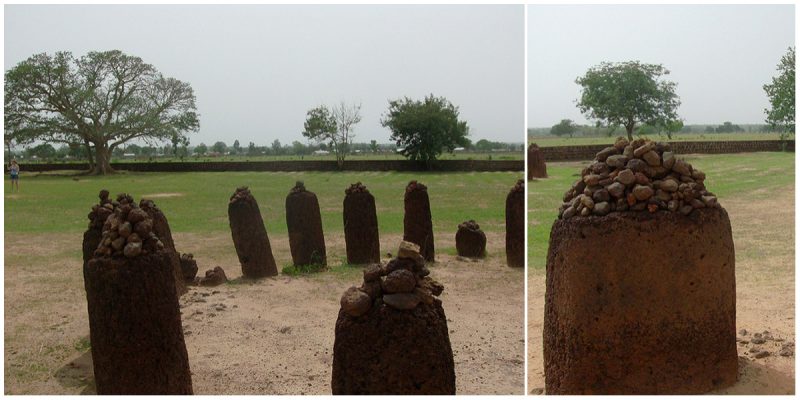The Stone Circles of Senegambia lie in central Senegal, Janjanbureh, the north of Gambia. The stones forming these circles are roughly 2m in height and weigh up to 7 tons each.
Larger stones, located at N’Jai Kunda, can weigh at least 10 tons. Each stone circle contains about 10 to 24 standing stones.
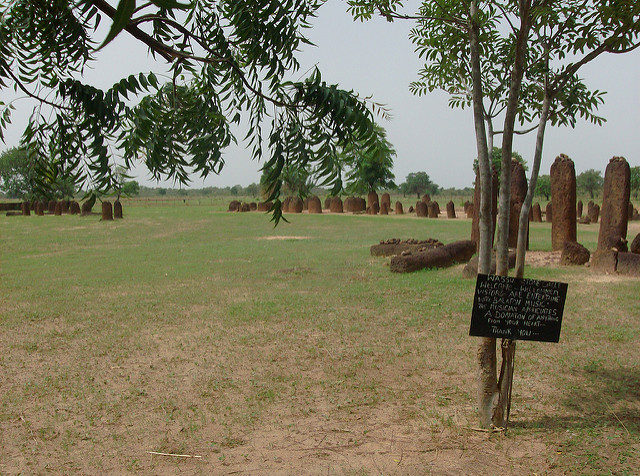
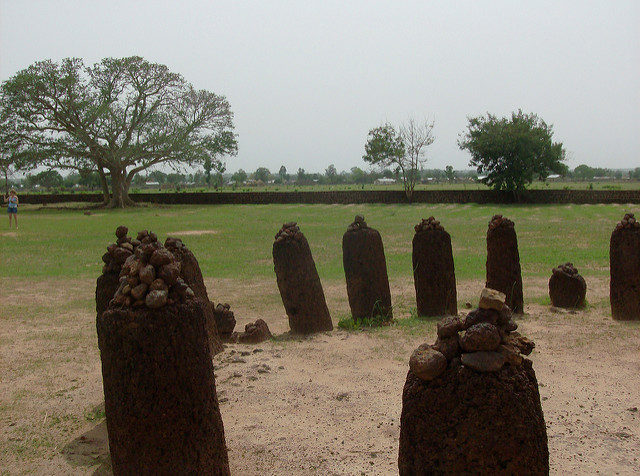
Four of these groups of circles have been selected as representatives for a place in the World Heritage Site. They are divided into the Wassu (Gambian) and Sine-Saloum (Senegalese) circles.
Among these four main areas, there are approximately 29, 000 stones, 17 000 monuments, and 2, 000 individual sites.
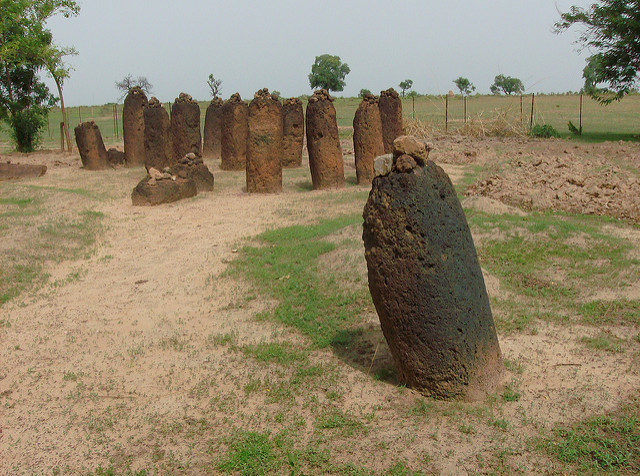
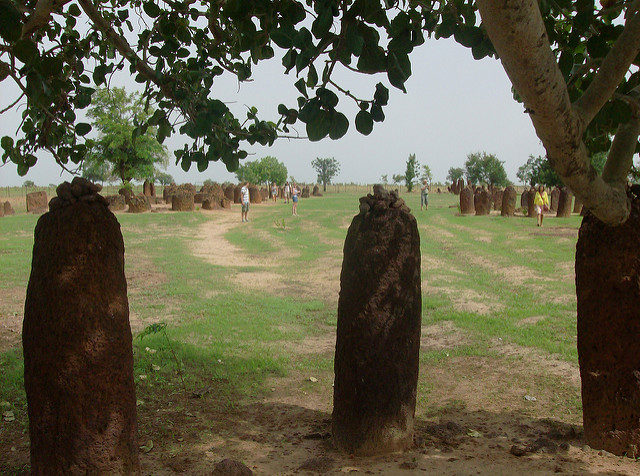
Together the stone circles of laterite pillars and their associated burial mounds present a vast and sacred landscape created over more than 1, 500 years.
To this day the true relationship between the burial mounds and the stone circles has yet to be fully ascertained.
It is not clear whether the burials pre-date the circles, whether they are contemporary, or whether perhaps the circles pre-date the burials.
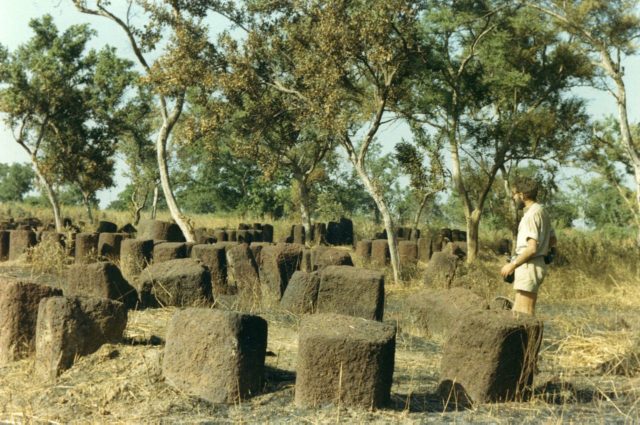
According to history, these circles were built around mounds of kings and chiefs, following royal burial traditions from the ancient empire of Ghana.
The construction of the monuments shows evidence of a prosperous and organized society based on the amount of labor required to build such structures. Some historians believe that the builders of these stones were the Serer people.
This hypothesis stems from the fact that the Serer still use funerary houses like those found at Wanar. Regardless, the true purpose of the stone circles and their builders are shrouded in mystery.
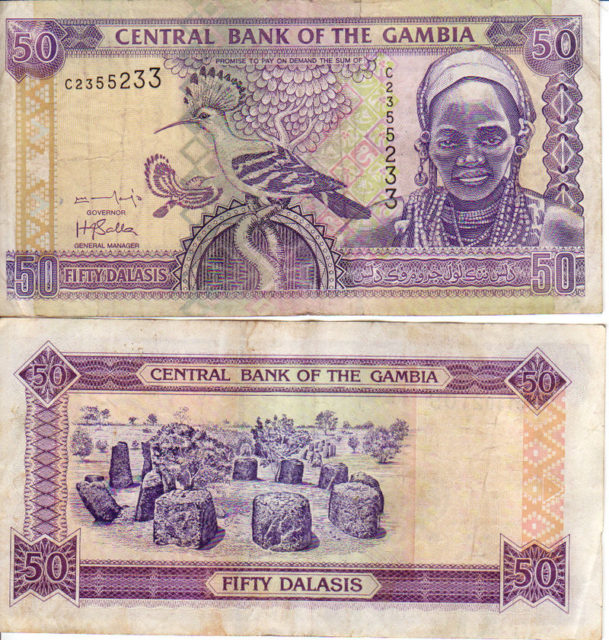
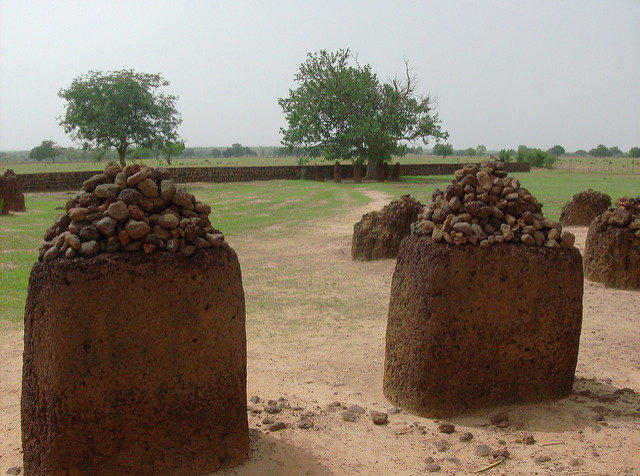
The Senegambian Stone Circles may not be as well-known as other world monuments, but their sheer numbers are a uniquely impressive building achievement.
